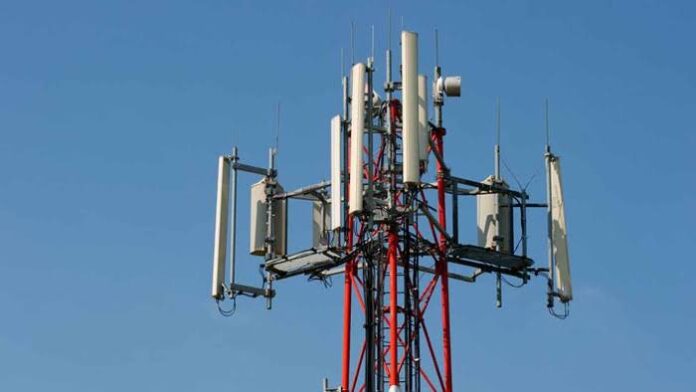More than 120 world leaders and international organisations rose from the second China’s Belt and Road Initiative (BRI) with the agreement to form a Digital Silk Road.
The Digital Silk Road Initiative is to bridge the communication gap between BRI’s participating nations.
They said the Digital Silk Road Initiative (DSRI) will provide the needed digital platform for investors interested in the BRI economic corridors.
Key elements of the envisioned DSRI include investment spaces with harmonized legislations, reduced trade barriers, and connected capital markets.
Others are harmonized revenue and tax policies, seamless financial services, smart multi-modal transport systems, digital communication infrastructure, geopolitical cooperation, modernisation of customs control and business climate.
At a roundtable of Heads of State and Government in Beijing, President Uhuru Kenyatta of Kenya said investments in strong digital communication regimes among BRI participating nations will have a multiplier effect for the massive infrastructure developments being implemented in these countries including Kenya.
Kenyatta said building intelligent soft systems will ensure that people are part and benefit from the Fourth Industrial Revolution (4IR).
“I am happy to note that we have agreed to form the BRI Digital Road Initiative, to bridge the digital divide between participating countries, and identify opportunities as well as challenges associated with the Fourth Industrial Revolution (4IR),” he said.
Kenyatta called on his peers from the BRI participating economies to encourage ICT innovations and start-ups by entrepreneurs in their respective nations both as enablers for business and sources of jobs for the youth.
He said BRI participating countries must work harder to ensure that cities have the soft infrastructure to crowd-in the talent of young people as an important engine of growth especially in the digital space.
Kenyatta who spoke on the theme of “Boosting Connectivity to explore New Sources of Growth” said connectivity is at the core of human development.
Giving the example of the LAPSSET corridor projects that seek to connect Kenya, Ethiopia and South Sudan to the rest of the world through the Port of Lamu, Kenyatta said the East African region is establishing seamless borders with high levels of connectivity.
“In Kenya, we are investing in the development of the Northern and LAPSSET corridors to provide vital connections from the Ports of Mombasa and Lamu on the Indian Ocean to the various partner states of Uganda, Rwanda, South Sudan, Ethiopia and the Democratic Republic of Congo,” Kenyatta said.
He said the Standard Gauge Railway (SGR), a flagship project of Kenya’s Vision 2030 development blueprint and the Belt and Road Initiative (BRI) is fully operational and has become a critical regional connector for Kenya and her East African neighbours. In under a year of operations, the President said, the SGR has ferried more than 2.8 million passengers and transported more than 4.2 million tonnes of cargo.
More




